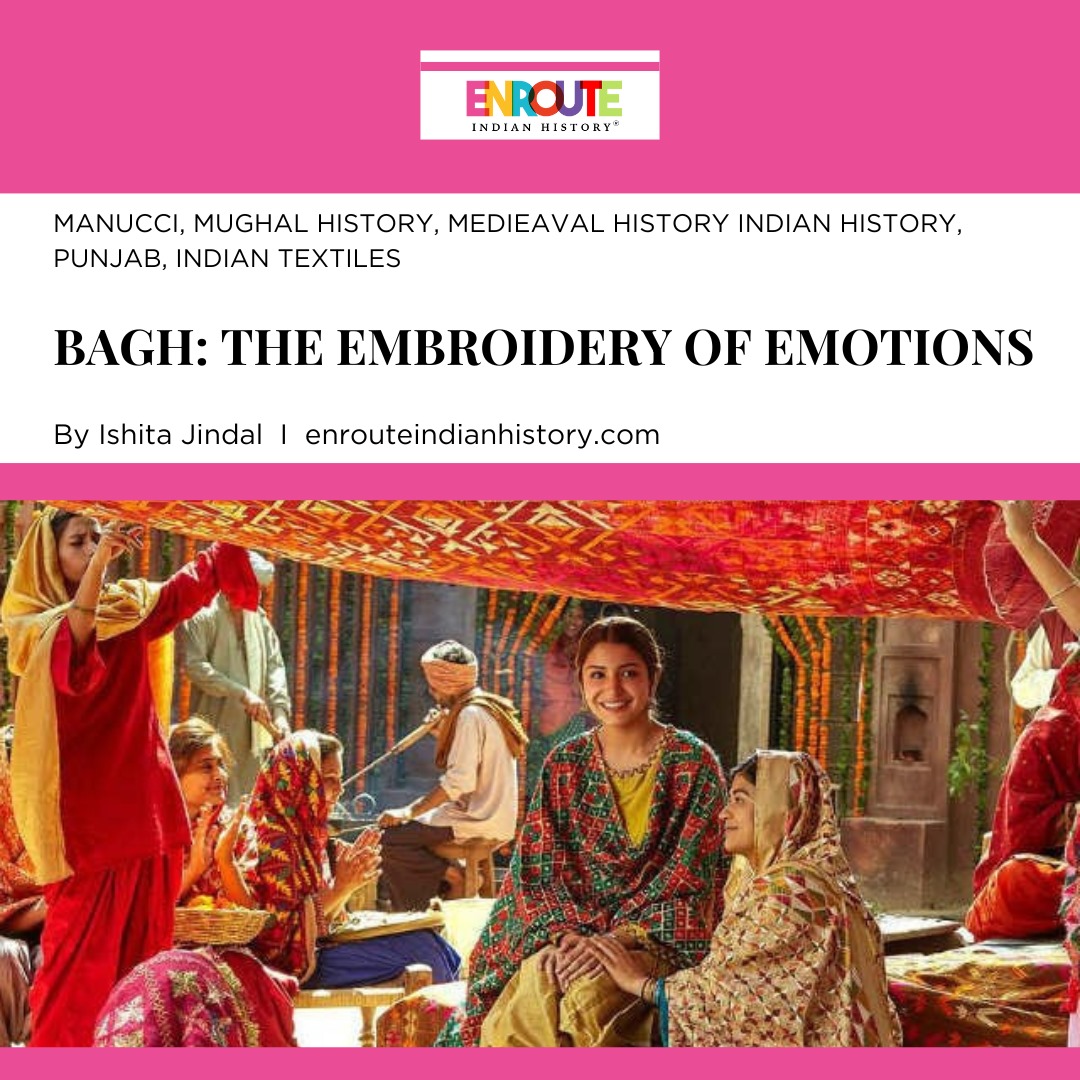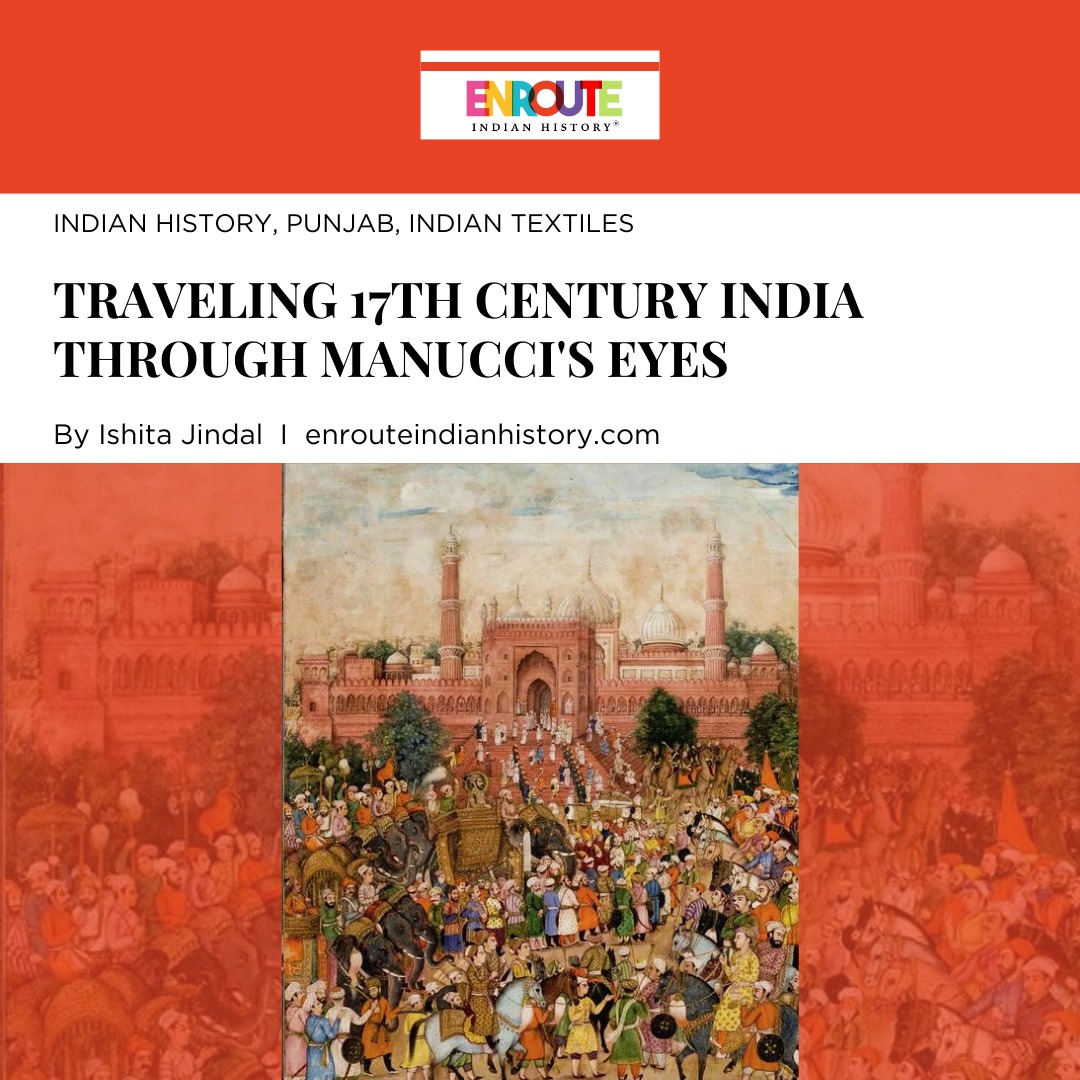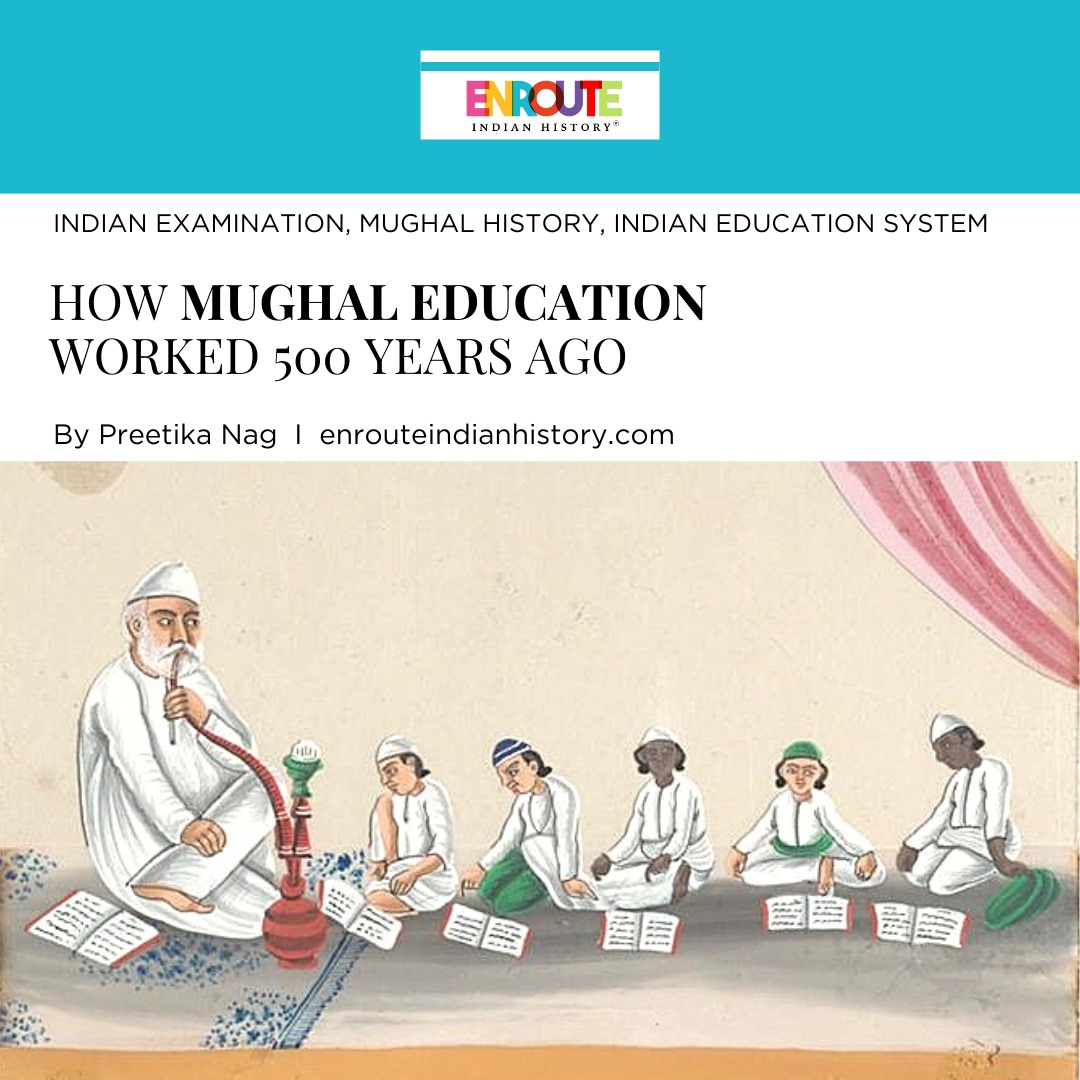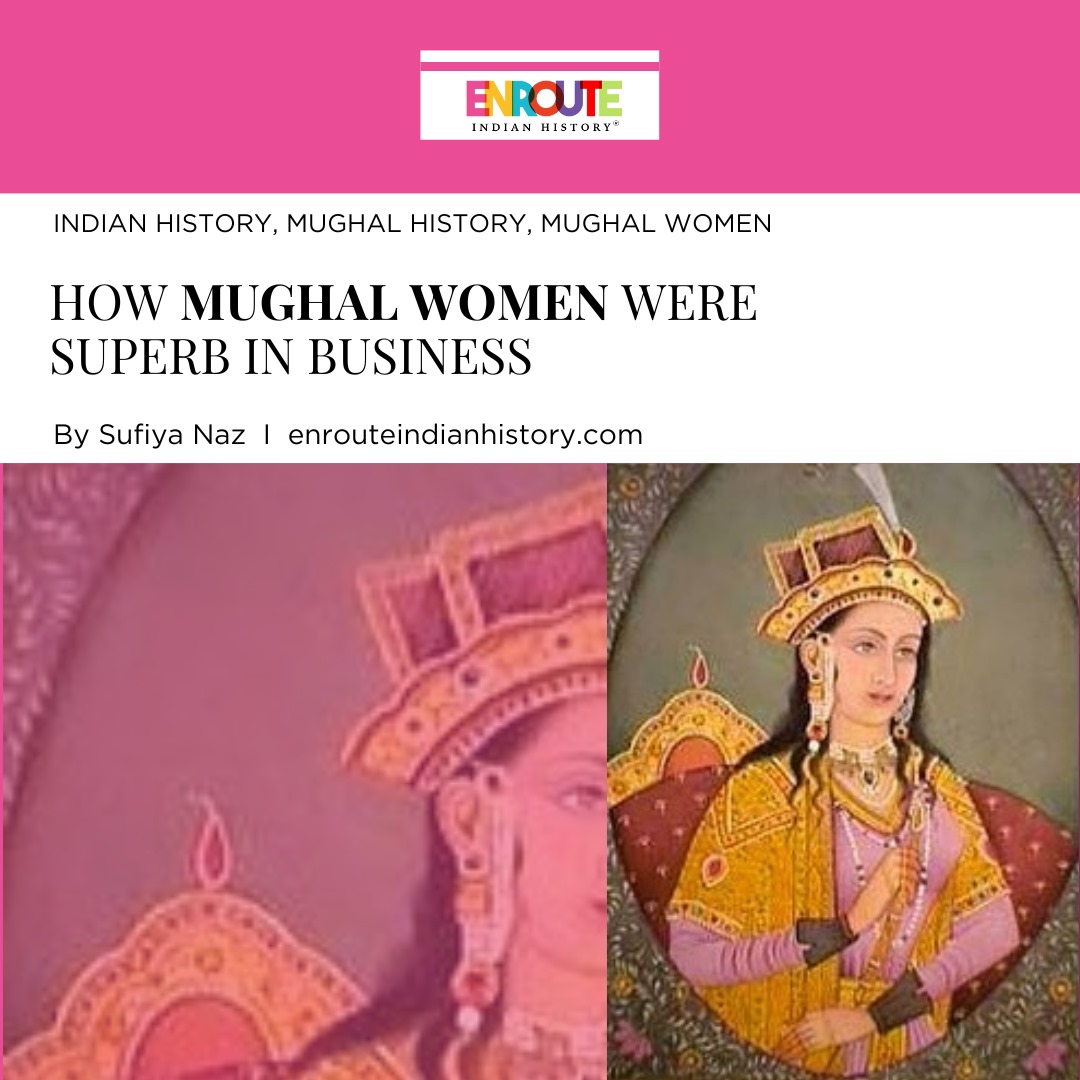Shawl Karkhanas: The rise of the shawl industry during the Mughal period.
- enrouteI
- November 20, 2023
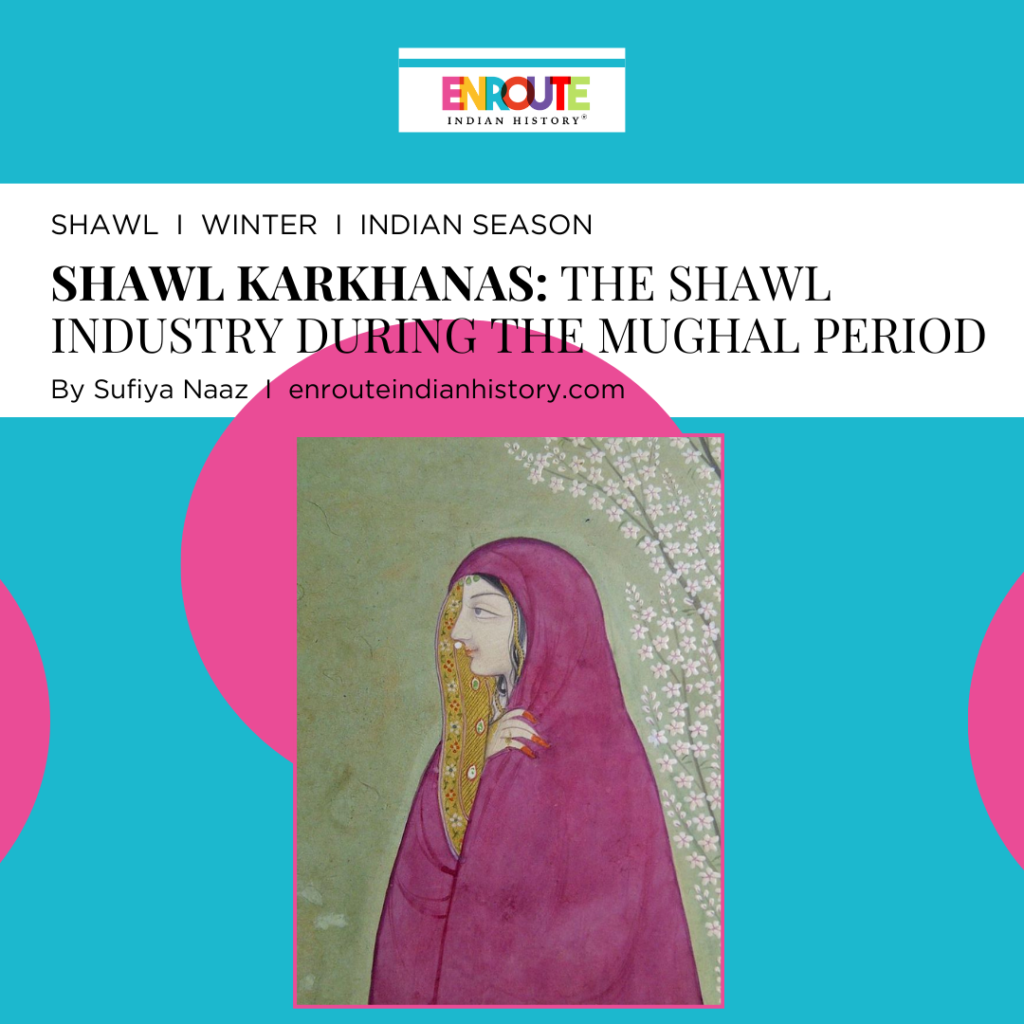
The Mughal era in India, spanning from the 16th to the 19th century, was characterized by the reign of the Mughal emperors. The Mughals, known for their cultural diversity and impressive architecture, established a powerful empire across the Indian subcontinent, with roots in Turkic-Mongol ancestry. During this reign, there were significant advancements in art, architecture, literature, and administration, leaving a lasting impact on India’s history and culture. The establishment and management of factories, called Karkhanas, were undertaken by the Mughal emperors. The Shawl Karkhanas catered to the requirements of the nobility, specializing in the creation of opulent goods. During the Mughal era, the shawl industry in India, particularly in places like Kashmir, gained significant importance and popularity. The Mughal emperors, notably Emperor Akbar, encouraged the development of weaving and shawl-making skills. The presence of shawls in the fashion world was not solely about opulence, but rather a significant demonstration of social standing and wealth. Kashmir, known for its affluent area, is renowned for its exceptional expertise in textile production and craftsmanship. In the realm of creativity, the art of crafting exquisite shawls using high-quality wool has prospered and thrived.

Portrayal of Women adorning themselves with shawls in Mughal painting
The illustrious epoch of the Mughal era in India, commencing in the early 16th century and extending until the mid-19th century, was distinguished by the regal rule of the esteemed Mughal emperors. Renowned for their rich cultural tapestry and marvelous architectural designs, the Mughals, hailing from a lineage intertwined with Turkic-Mongol heritage, forged an indomitable empire that spanned the vast expanse of the Indian subcontinent. The reign in question bore witness to remarkable advancements in the realms of art, architecture, literature, and administration, thereby imprinting an indelible mark upon the course of India’s rich history and vibrant culture. The Mughal emperors set up and oversaw their factories, known as Karkhanas. These karkhanas were used to serve the needs of the royals and thus usually make luxury products. During the Mughal times, the shawl business in India, especially in locations like Kashmir, achieved tremendous relevance and popularity. The skill of weaving and creating shawls was promoted by the Mughal emperors, particularly during the leadership of Emperor Akbar. The emergence of shawls in the realm of fashion was not merely a matter of luxury, but rather a profound display of societal status and affluence. The rich region of Kashmir has garnered a well-deserved reputation for its unparalleled mastery of craftsmanship, particularly in textile production. Within this creative arena, exquisite shawls, crafted with the utmost precision and utilizing the finest quality wool, have flourished and thrived.

Shawl Handcrafting & Weaving [Photo By Himalayan Weavers]
The emergence of Karkhanash
The Mughal emperors established and operated their manufacturing facilities referred to as Karkhanas, where a variety of goods, including cotton and silk products, were produced. During the Mughal Empire, Karkhanas served as significant industrial centers that primarily catered to the home and military requirements of the ruling authority. The Mughal rulers exhibited a particular focus on Karkhanas, establishing them not only in the capital but also in provincial headquarters and significant industrial cities. In the Ain-i-Akbari, Abul Fazl also documented the presence of numerous Karkhanas and their various types. The text provides evidence of the Mughal emperors’ keen interest in these workshops, as exemplified by the following observation: ‘His Majesty shows significant interest towards diverse materials- proficient masters and artisans have established themselves in this region to teach a superior manufacturing system to the population.’ According to Francois Bernier, a French physician and traveler, several locations include vast spaces often referred to as Karkhanas or workshops, specifically designed to accommodate artists. The royal Karkhanas were distributed across various regions of the kingdom, with prominent centers being in Kashmir, Lahore, Agra, Ahmedabad, Fatehpur, and Burhanpur. During the discourse on the management of the Karkhanas, it was seen that the whole of the household department operated under the oversight of Khan-i-Saman, who assumed responsibility for ensuring the efficient functioning and overall supervision of the Karkhanas.
There were many types of karkhanas, such as painting karkhanas, Shawl karkhanas, carpet karkhanas, army and armory karkhanas, etc. The most extensive boost was seen in the textile industry due to the high demands of royals not just in India but around the world. The Mughals were very peculiar about their dress. The elegance and splendor of the monarchs of the Mughal Empire were mirrored in the clothing they wore. The Mughal emperors, especially Akbar, mandated that courtiers and people of certain ranks wear specific garments, including the takauchiya (coat), peshwaz (a coat open in the front), and parmanarm (the Kashmir shawl). This further pushed the people to keep up with their fashion, thus fueling the rising textile industry. It is documented that Akbar commissioned eleven thousand tailors to produce garments for his household.

Weavers hand-weaving the shawls
Development of Shawl Industry
The craft of shawl weaving proved to be economically beneficial compared to agricultural pursuits. The shawls exhibit a remarkable level of craftsmanship, their delicate fibers interwoven in a harmonious blend of Pashmina wool, and silk, and occasionally adorned with exquisite embroidery. The Ain-i-Akbari records that Akbar, the Mughal emperor, referred to the generic word for sal as “param naram” in Hindi, signifying its exceedingly soft nature. According to Farzana Ashfaque, the Ain provides a somewhat comprehensive assessment of the advancements implemented by Akbar in the realm of industry. The text discusses the actions undertaken by the emperor to enhance this particular department, outlining four different methods used:- firstly the usage of tus goats hair for tus shawl; secondly, the corded and patterned shawls, also known as Tarhdars shawls, were crafted using a combination of white, black, or mixed materials; thirdly emphasis was placed on the production of several types of shawls, including zardozi, kalabatun, kashida, qalghai, bandhnun, chhint, alcha, purzdar, and parmnarm and last notable enhancement was implemented in the dimensions of all fabrics.
The complex designs adorning these shawls are a testament to the skilled hands that meticulously crafted them, featuring a captivating array of floral patterns, elegant paisleys, and meticulously detailed motifs. Two distinct techniques for shawl weaving were employed: Amli Kar and Kani Shawl, also known as Twill Tapestry. The former was brought about during the rule of Sultan Zainul Abidin, while the latter was established during the reign of Akbar. According to the scholar Abdul Majid Matto, the Mughal era resulted in an increased level of commercialization within the sector and its subsequent reorganization. The loom underwent improvements under Akbar, resulting in the introduction of new color variations and the production of shawls in diverse dimensions which was not possible before. However, with the advent of this loom, eventually reached about 340 distinct colors by the end of the 18th century. He further noted that Lahore, Ahmadabad, Agra, Gujarat, and subsequently Southern India emerged as the main marketing centers of Kashmiri shawls within India. The merchants organized regular trade fairs daily to exhibit their products.
As previously mentioned, Akbar’s breakthroughs extended beyond the context of dye fabrication, including the introduction of other innovative features. Silk, as well as kalabatun (a kind of needlework known as Zardozi that utilizes silver wires covered with pure gold, referred to as Kalabatun), were used in combination with shawl wool for the formation of brocades. Additionally, several fashions included the use of gold thread and cotton. The art of embroidery was first introduced around the 16th century; however, historical evidence suggests that it had previously been practiced in Persia throughout the Saljuq dynasty, which spanned from 1037 to 1557 AD. The Kashmir style was also influenced by Persian culture. Two themes from the Safavid era that significantly influenced the later evolution of the cone or pattern were the cypress and the flowering almond.

Plain Pashmina Shawl
The wool used in the production of pashmina shawls was sourced from the Chinese regions of Turfan, Chanthan, and Tibet. It arrived in Kashmir from as far away as Kashgar and Central Turkestan, via Western and Central Tibet. Following the rise of demand for the item, the regional merchants known as Pashm Farosh and Bakal were shortly summoned, and further commercial transactions were conducted with the assistance of a broker. The Pashm Farosh employed a significant number of female workers to convert wool into yarn using the process of spinning. The Karkhandars procured the yarn from Pashm Farosh. The person identified as Karkhandar is believed to be the owner of the weaving establishment. And course of this development did not come without the exploitation of the workers, the poor weavers were underpaid.
Patronage and support provided by Mughal Emperors
The Tuzuk-i-Jahangiri provides substantial evidence indicating the thriving status of the shawl business. According to the translation provided by the editor of Tuzuk-i-Jahangiri, it is said that the shawl had wavy patterns like waves, similar to those seen in a river, referring kind of shawl was adorned with decorative motifs like wavy lines. The textile industry had reached its zenith under the reign of Shahjahan due to his substantial demand for shawls and carpets for the construction of his new royal residence. The pricing exhibited variability based on the specific type and quality of the shawls. Rates for various patterns and dimensions, such as jamawar, kamarband, plain shawl, romal, hashia, and pashmina of tus, may be found in Massiru-l Umara and other Persian sources. A typical shawl is priced between one and two rupees.

European painting showcasing the Kashmiri shawls.
The growth of the empire allowed for the shawl trade to expand into new territories. During Shahjahan’s period, the Kashmiri shawls were exported to the Ottoman Empire, Safavid Empire, and Egypt. During the latter part of the 18th and 19th centuries, France emerged as the primary recipient of these shawls. During the reign of Aurangzeb, the adornment of shawls was deliberately restrained, resulting in a more humble appearance.
The influential norm of Mughal patronage exerted a profound influence on the flourishing shawl industry, as the emperors and nobles of this esteemed dynasty embraced these lavish clothes, thereby bestowing upon them an elevated status within the sphere of fashion and adornment. The exquisite shawls, carefully designed with utmost detail, transcended the boundaries of the Mughal court, permeating the global markets and attaining a renowned status as coveted symbols of grandeur in Europe and across different parts of the world. With its lasting economic impact on the region, the shawl industry served as a captivating testament to the artistic brilliance and skillful craftsmanship of Indian artisans. Its enduring legacy within the contexts of fashion and textile industries is a testament to the permanent imprint it has left globally.
Reference
- Mattoo, Abdul M. “SHAWL INDUSTRY IN KASHMIR IN THE MUGHAL PERIOD.” Proceedings of the Indian History Congress, vol. 36, pp. 267-275, https://www.jstor.org/stable/44138851. Accessed 11 Nov. 2023.
- Ashfaque, Farzana. “SHAWL AND CARPET INDUSTRY IN KASHMIR UNDER THE MUGHALS.” Proceedings of the Indian History Congress, vol. 70, pp. 285-296, https://www.jstor.org/stable/44147675. Accessed 11 Nov. 2023.
- Dar, Showkat A. “Shawl Industry in Kashmir Under the Mughals-A Critical Note.” Gndu, Nov.2014, www.academia.edu/9545473/Shawl_Industry_in_kashmir_under_the_Mughals_A_critical_note.
- February 16, 2024
- 9 Min Read


